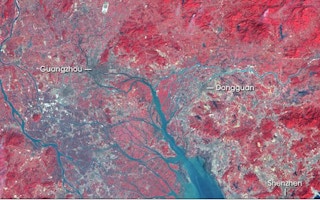China will launch pilot emissions trading schemes in six provinces before 2013 and set up a nationwide trading platform by 2015, Thomson Reuters Point Carbon said on Monday, citing a senior government official.
Sun Cuihua, the vice-director of the climate change department at the National Development and Reform Commission, told conference that the trading schemes will begin in the cities of Beijing, Chongqing, Shanghai and Tianjin and the provinces of Hubei and Guangdong.
“We hope to roll out the pilot regional schemes before 2013 and scale up to a national scheme from 2015,” she was quoted as saying.
China has pledged to reduce the amount of carbon dioxide produced per unit of GDP — known as carbon intensity — by 40-45 percent by the end of 2020, compared to 2005 levels.
To meet the target, the government said last month that it would cut energy intensity by 16 percent and carbon intensity by 17 percent over the 2011-2015 period.
The Ministry of Environmental Protection said provinces and regions have already been issued local targets, but the figures have not yet been released to the public.
Sun said emissions trading would be based on provincial-level energy consumption targets, with Beijing expected to impose a gross national energy cap of 4 billion metric tons of standard coal by 2015.
Guangdong has already submitted plans to cap the energy use of cities in its heavily populated Pearl River Delta region and allow them to trade consumption permits with one another.
Last year, thousands of enterprises were forced to shut down when local governments cut off their power supplies in a last-ditch effort to meet 2006-2010 energy and pollution targets.
The NDRC admitted last month that the use of “administrative” orders to force provinces to cut their emissions was a “mistake” that would not be repeated.
It said it plans to rely more on “market mechanisms” like carbon trading to meet its climate and pollution goals in the coming five years.










